Rarely, if ever, do I mention that I live in Pacific Palisades, California in my reviews or opinion pieces. If it is ever relevant in an article or social media post, I say that I live in Los Angeles, which is 100 percent factually accurate. As part of the City of Angels, Pacific Palisades is a toney, beachy community that is nestled between Malibu and Santa Monica. The Palisades is the type of place that you don’t really want to leave, and that many of us have to work our tails off to be able to afford (I will let you know when I can actually afford it). It is home to obscenely gorgeous ocean views, perfect weather year round, and Rick Caruso’s $900,000,000 shopping village (a super-fancy outdoor mall), as well as, most importantly, the actual Baywatch Headquarters down at the beach. Let me be clear, the city of Los Angeles is not for everybody, but if you can live well here, you will have a hard time finding a better place to live anywhere in the world. There is global demand for the real estate in Pacific Palisades, and for good reason, as it is paradise. That was until its largest natural disaster, the Palisades Fire, started no more than 2,000 yards from our home.
With a projected $1,000,000,000,000 (one-trillion-dollar) cost for repairs, the Palisades Fire, paired with the concurrent Eaton Fire, is hard to compare to any other Californian disaster. Visually, Pacific Palisades today reminds me of the photos that are in history books depicting the devastation (not the loss of life) of Hiroshima in World War II. There are reportedly 7,200 structures in Pacific Palisades and 4,700 homes. 89.5 percent of every structure burned down in the fire. And when I say burned down, I mean they burned to the ground. There was no water (we are now actually part of a suit versus the LADWP for their alleged role in the fire) and, after 4:45 PM on January 7, 2025, the fire department wasn’t coming to save your home. You were basically on your own, and if your house caught on fire, it was going to simply burn to the ground without any effort to try to save it. Our last home, also in Pacific Palisades, was a good example of that. When you see the homes, they are fully leveled. You will not see any half-burned sofas or charred 2x4s in the wreckage. What you will find is exclusively brick, steel, and mostly white ash. Get this: the contents of people’s safes burned inside of their in-home vaults, as most safes are rated for a maximum of 800 degrees Fahrenheit for about 20 to 30 minutes. In reality, they burned at between 2,000 and 3,000 degrees for six to eight hours until there was nothing left inside the steel framework.
So, if the contents inside of a robust “fire-proof” safe melted, burned, and/or evaporated, how do you think your audiophile system would fare[AB1] ? Not well, I have learned, as our home didn’t burn down, thus we are among the lucky 10 percent, but boy, is our house messed up. My art collection of mostly 20th Century works on paper from the likes of Andy Warhol, Richard Rauschenberg, Roy Lichtenstein, and Damien Hirst were sadly ruined. My AV gear took a massive hit, too. Although the power was still on, and the 72-degree air conditioning was running while Bob and I were sheltering in place at the home, when we left, the inside temperature of the museum putty used to secure the art to the wall melted (Google says that happens at 175 degrees). My Bricasti M3 DAC’s faceplate turned purple and oddly stained. I think the DAC can be restored after meeting with Bricasti at AXPONA, but we will see, as that work is not underway yet.
The very good news is that both my art and my AV gear were insured by USAA and The Hartford, respectively, neither of which are the pure evil that is State Farm, which is the largest insurance company in the world, as well as the homeowners insurance company for roughly 70 percent of 90272: aka one of the 20 most expensive zip codes in America. To be polite, State Farm doesn’t care what its policy says, what the law is, or for the health or well-being of my family. It is just refusing to pay up – especially for our living expenses while exiled from our home. Unlike State Farm’s actions in the Woolsey Fire just a few years ago, it now refuses to pay for any environmental testing. Its first of many adjusters on this claim said, verbatim, “Your house is fine. We will have Servpro wash your walls and steam-clean your carpet, and you can move back in a month or so.” I didn’t believe them, and I found $10,000 of not-so-pocket change to pay for our own extensive environmental testing for lead, asbestos, and toxic combustible materials. Last week, I got the testing report back, and the home is completely toxic. State Farm simply doesn’t care, as they told our landlord that they wouldn’t be paying for our rent as of next month, despite having $475,000 of living expense money in the policy and a lease on a home on far-away Orange Country that they approved. This will incur massive legal damages if they don’t reverse course, but it actually gets much worse. State Farm has taken it to the level of illegality when they’ve blatantly ignored the 22 uncleared toxic lots within 250 yards of my home. We’ve presented them with drone images and measurements, and they’ve decided that ruining one of our biggest assets and potentially giving my whole family cancer is good for their profitability, despite the executive order from our Governor, which states they must pay for our rent until two months after the Army Corps of Engineers pay to clear the last of those 22 lots, plus another two months to allow the EPA to measure the air quality as healthful. That process of carefully clearing toxic lots has started, but likely it will be weeks and weeks until it is done. State Farm couldn’t care. In fact, they’ve raised my dues to $1,650 per month for insurance that they have no intention of paying me for. If you can switch from State Farm for your homeowner’s insurance, do so immediately. Our only other current option for homeowner’s insurance is state-funded insurance, called Fair Plan, and it is actually worse than State Farm as it is $18,000,000,000 undercapitalized thanks to the fires. Yikes.
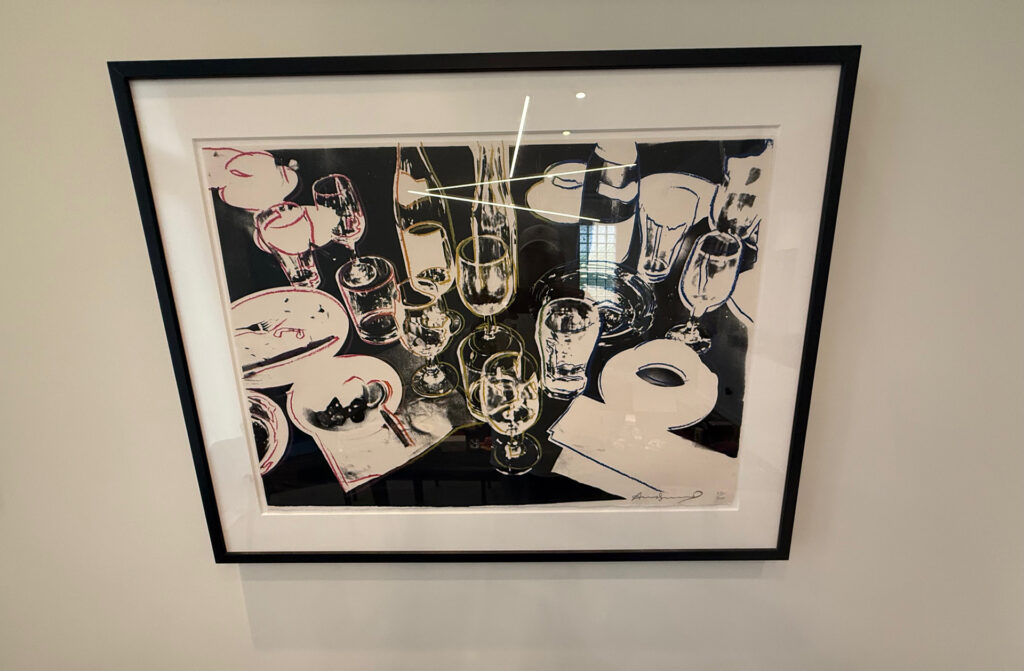
Your Big-Dollar Audiophile System is Almost Certainly Not Fully Insured in Your Homeowner’s Insurance Policy
Our readers are like family to us, and my best advice is for you to call your insurance company and/or broker to see if, theoretically, the policy you pay for today would actually cover your audiophile system in the event of a disaster. Don’t be shocked when it doesn’t or only covers up to a very small amount. Perhaps the policy might cover your Sonos or a TV or two, but they are going to balk at paying you for your Wilson WATT Puppy speakers or Audio Research amp, just as they will with your Warhols or your spouse’s jewelry if they are not covered correctly in a different policy or a “endorsement” on your current policy.
There are almost always low caps on the value of items like consumer electronics and art that you wouldn’t assume are there, but they are. Are you hosed if you have a disaster at your home? You might be if you are not well or correctly insured. Can this be done? Thankfully, yes, but you must take action, and I recommend that you do that. Why? Well, State Farm was dropping each and every customer in 90272 in the weeks before the fire, including us. We would have lost coverage from them by January 21, 2025. Even with Fair Plan, which I signed up for, we wouldn’t have coverage for my Crestron Smart Home, my Kaleidescape movie server, and especially my audiophile gear. You need your own policy.
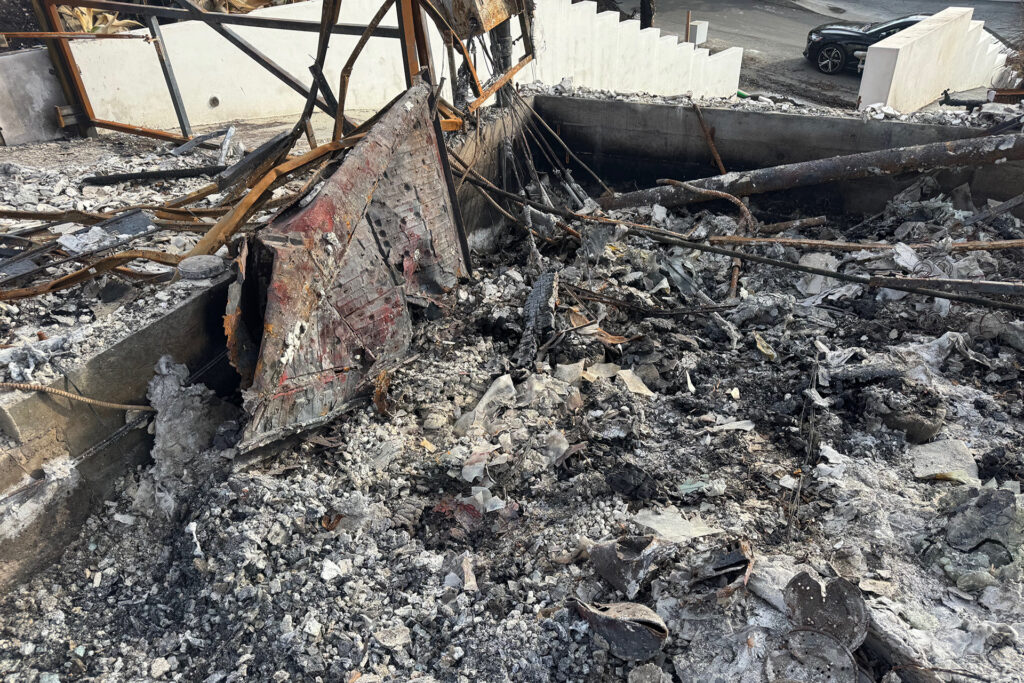
Did You Really Almost Cancel Your AV Insurance Policy, Jerry?
Yes, sir. In an act of cost engineering at a time when the start-up costs of FutureAudiophile.com were being paid for on a 22 percent mileage credit card, I actually called The Hartford to cancel the $130-per-month separate policy for my gear, liability in my house, other reviewers’ gear in their homes, and potential business loss. By the time that I got off the phone with the non-saleswoman from The Hartford, I had maxed my policy out with new add-ons and goodies. Let’s call this one of the best decisions of my life. Two weeks ago, while touring Pacific Palisades with the agent who sold me my The Hartford policy, I was able to tell him this story, and he just smiled as he knew that he saved my ass. The point here is for you to be protected, too.
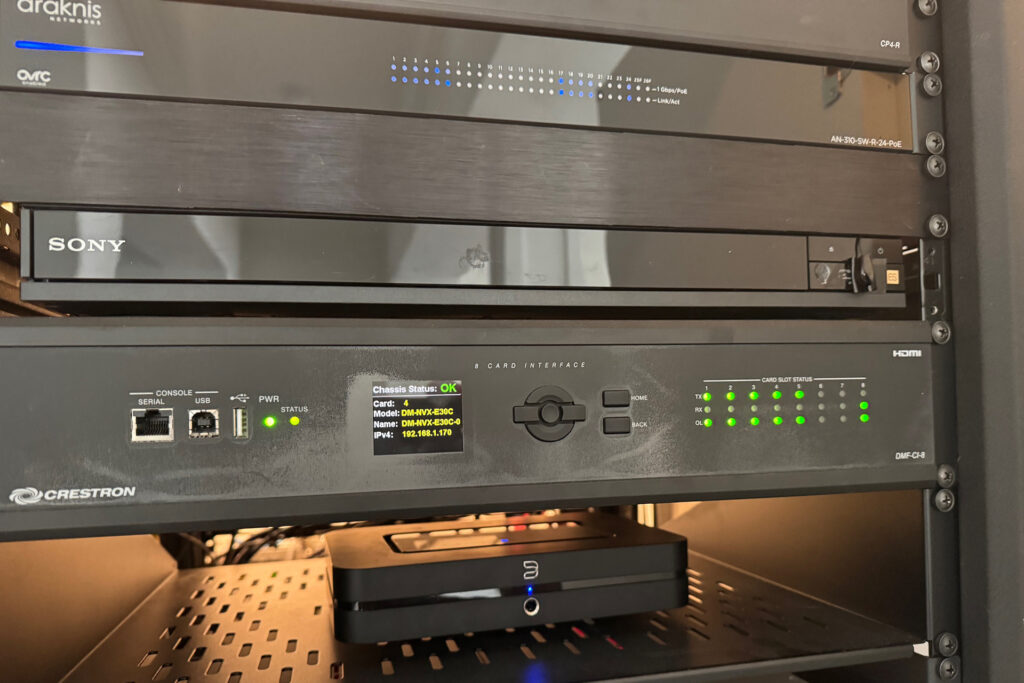
What Happens When You Max Out Your Insurance Policy?
The Hartford policy that I have is significant in its coverage, but not large enough to cover all of my AV equipment, let alone business interruption. The adjuster who I filed the claim with on January 8, 2025, was extremely sympathetic to the event that we are going through, but also quickly escalated the claim to a senior claims agent who was beyond awesome throughout the rest of the process. Working in conjunction with Adjuster George, I had the gear inventoried. I then delivered letters with expert opinions on how to fix the equipment and what those logistics look like. I had one of the best AV retailers in America project what the professionally or factory restored gear would be worth in the used market. The Hartford seemingly appreciated me working with them to give them real-world research on key factors of the claim. They understandably sent a salvage company to confirm that the gear was what I said it was. They depreciated the equipment for the time that I owned it (none of it for very long), and the total was still six figures above the policy limit. I asked the senior claims agent what that meant, and he told me that I was getting payment by wire for the policy limit and (wait for this one) I also get to keep the gear. As the millennials say … wait, what? Can some of the gear be fixed? Perhaps some can be and, within reason, I will try. I haven’t gotten to that point, but if I blow out some of the cleaned/restored gear out for a low price on Audiogon.com, that’s an even better outcome.
Dealing with George at The Hartford, as well as “D” at USAA, restored my faith in insurance. Neither USAA nor The Hartford will currently write policies in 90272, but I would switch to either of them in a New York second if I could. If you can dump State Farm, do it, because an insurance company that doesn’t pay when you need them is not worth a penny, and that is what State Farm is in their greedy, evil DNA. Not all insurance companies are create equally and despite all of the “like good neighbor” slogan – I believe State Farm acts in bad faith and doesn’t pay. We likely will have a chance to see if my allegations hold up in court but we will see.
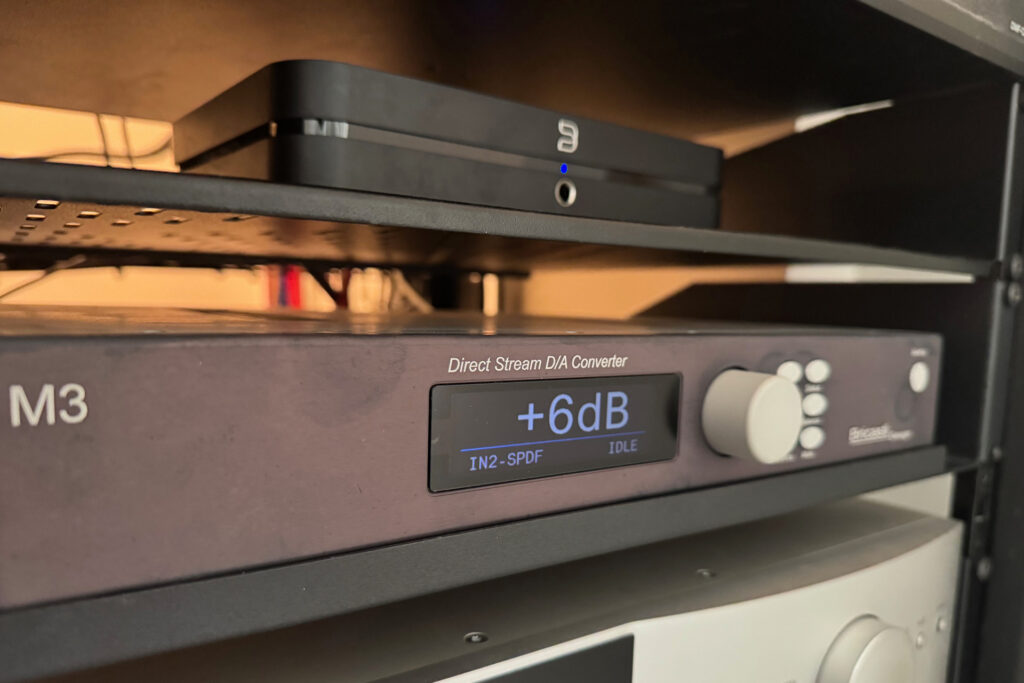
How Does an Audiophile Actually Insure His or Her System?
Before I renewed and upgraded my Hartford policy, I called USAA as part of my general due diligence. USAA is great to talk to, and they explained to me that they do offer a special policy for electronics and computers (this includes your iPads, laptops, etc.), but there was a catch, which is that they don’t offer this policy in California, as they refuse to write new policies or add this element in the Golden State as they would in other states. If you can be a USAA member (they don’t sell insurance to people without military ties somehow) and don’t live in California, this could be a policy or a policy add-on for you.
My Hartford policy is actually a business one and comes from a major firm but not a “captive insurer” thus you can buy it from a broker, unlike State Farm, Allstate, Geico and others. It is also unclear if a person (an individual as opposed to business) can get this electronics coverage, but if they can, it could be well worth it someday. God forbid your home ends up like mine. Having your beloved AV system covered on its own got me paid a lot faster, and it could do the same for you. Would you not have insurance on your Sunday driver Porsche? No, you wouldn’t, nor should you do that with your audio system, which in many cases could be worth more.
If you need to dig deeper into insurance options for your more serious audiophile system, look into a VPP policy. VPP stands for Valuable Personal Property, and this is where my art was covered, and covered well. USAA paid me, to the penny, what my professional art appraiser valued the collection at during his last appraisal of my collection. There were no arguments or acrimony whatsoever. The entire process was professional, respectful, and expedited, as well as empathetic, but they did come to my house and take my beloved collection away, which was actually really emotional for me. I hand-curated that art collection over 20-plus years, and it represented a time when I could justify popping for an investment-grade piece of art that wouldn’t bankrupt me, as it would today (I got mortgages and homes and stiffness in my bones, to quote Freddy Mercury). I could have had my gear covered by USAA, but The Hartford policy did more and offered more coverage options, thus my decision. However, most readers will not need this level of coverage to be well-insured.
The last frontier could be to reach out to a more creative, “non-admitted” firm like Lloyds of London, which is known for insuring practically anything. Thise firms come from independent brokers and aren’t sold directly. These firms don’t have to answer to your state’s Insurance Commissioner (every state has one) and can charge whatever they want and/or take whatever risk that they want. Rock and roll legend says that they insured Jimmy Page’s fingers when he was in Led Zeppelin, so they are willing to think a little out of the box, but their policies are anything but affordable. Guess what … your Boulder amp isn’t cheap, either, and if you want to get another one after a disaster, you need the right insurance policy.
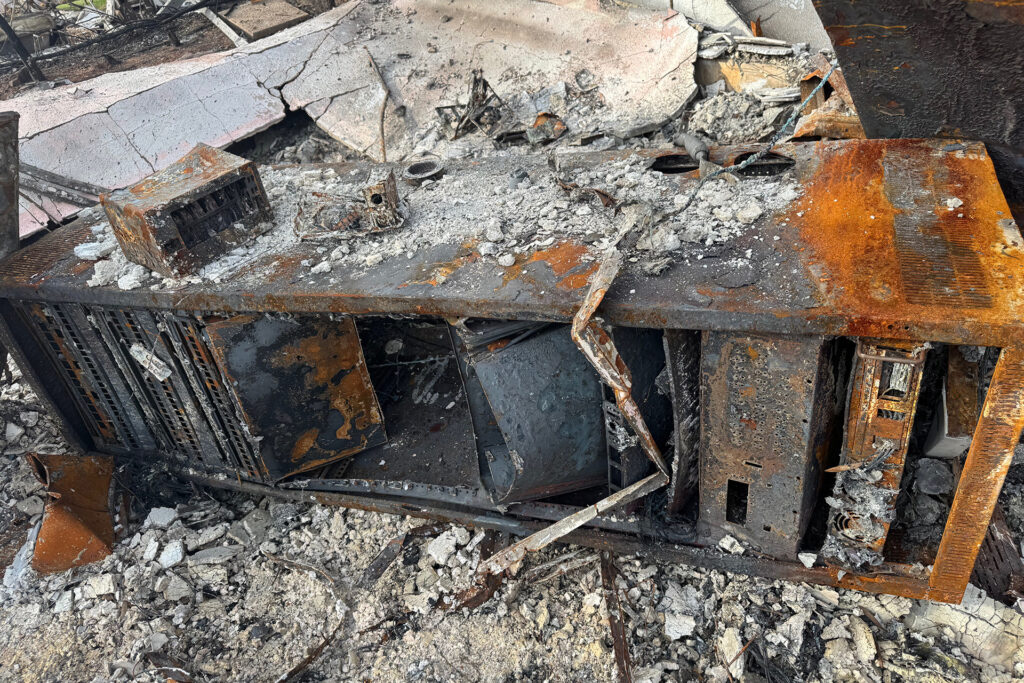
Final Thoughts on Insuring Your Audiophile System …
One of our editorial mantras at FutureAudiophile.com is, “You won’t read that in… (fill in the blank of your establishment, audiophile print magazines),” and sadly I don’t ever remember seeing this type of advice mixed in with their equipment reviews. That’s OK, because I got you, people.
Has this homeowner’s insurance experience been painful? State Farm remarkably uses this kind of pain to profit, so yes, it has been painful, but thanks to other insurance companies, I still have faith in the concept of being well-insured and so should you. Beyond that, sharing my hard-learned lessons with you takes a little of the sting out of the purposeful, immoral, and literally illegal agony that we are dealing with because of State Farm. And we are not alone in this State Farm agony, because they are screwing everybody. They are offering a beyond-insulting $300-per-foot to “rebuild” homes that are a total loss when the build cost is $1,000 to $1,200 per foot. This is just brutal and will break people and families alike for the profit of yet another greedy, soulless corporation that takes your money with no intention of fairly paying you when the time comes.
Thankfully, for many FutureAudiophile.com readers out there, there are options, and these need to be explored. Most people would be remiss to not have life insurance. Beyond that, your mortgage company won’t lend to you without insurance on your home. Shouldn’t your equity in your audiophile system be protected in the same way? What is most problematic is how many people that I’ve spoken to who aren’t correctly insured for their audiophile equipment. It is possible for you to do it, it doesn’t have to be crazy-expensive, and, God forbid, the day comes that you need it, you will be happy that you have the coverage.
To end on a hopeful and optimistic note, I will repair and mostly replace most of my gear. I will be funded to get some cool toys, too, which I am going to try to enjoy in ways that are even more special now, but that’s not the part that I am most excited about. What I am so jazzed about is the work that master acoustician, Tony Grimani, and I have already met and are working on fixing the acoustics of my room. We are now going to rip out the back wall sheetrock in the living room. We are replacing the toxic insulation with much denser Rock Wool. We are adding diffusion, which will be hidden behind the new rear fabric wall. We are ripping up the toxic carpet and failed sonic experiment with the cork under my carpet’s padding. That was a thoughtful but ineffective solution from the pandemic era. Our new carpet will be denser by design and the padding cushier, but the rubber, Dynamat-like sound isolation material will eat bass nodes, as well as isolate me rocking out as our master bedroom is directly below our main living/listening room.
While there has been a lot of emotional pain and purposeful yet fully avoidable agony, there is upside coming. I hope that you will audit your own personal insurance situation and that my lessons will help inspire you to somehow be better insured, or at least confirm that you are correctly insured.
How is your audiophile system insured? Do you have your own policy? Have you ever had a chance to make a claim that included any of your AV equipment? We’d love to hear your story in the comments below.




Great advice Jerry and I agree that State Farm is evil…I cancelled them about 15 years ago and it was one of the best decisions in my life. Hopefully everything works out in your favor.
The fight continues.
State Farm is treating every home with a BLACK OR WHITE approach. You either have a total loss or you have a “smoker”
We have smoke, fire, wind AND AND AND WATER damage.
They have had our $450,000 contractor’s bid for 5 weeks with NO COMMENT.
They refused to pay for environmental testing so I bucked up for $10,000. We have 700% higher levels than acceptable toxic materials. We have lead. We have arsenic. We have mold. On April 29, our combative and dismissive and non-responsive adjuster (who refuses to switch with another more reasonable adjuster) said “can’t you just steam clean out the arsenic”? No kidding. She actually said that.
State Farm has ignored the need for a “pack up” cleaning. They have a bid for $62,000 based on the recommendations made by West Coast Contents who will take our stuff out and clean it in the Valley. This is ESSENTIAL for fear of cross contimination. This is ESSENTIAL so that the contractor can redo to the doors, windows, rehang drywall and so so much more. The adjuster said “can’t you just put the stuff in the garage?” Are you kidding, lady? She doesn’t really understand what $31,000 Bowers & Wilkins 802s are or really anything. Nor does she care.
State Farm is the worst.
They are committing act upon act of bad faith. I have retained a Bad Faith Insurance attorney and we are recording each and every step.
They are not “like a good neighbor” and you need to know.
Sadly, in California you have no other option other than than Fair Plan (state insurance) that is limited at 3M and they are BK.
Thanks so much for sharing your experience with the readers and this very important advice. I spoke with our home insurance broker a few years ago and he told me my gear was covered, but now I’ll double-check as he probably had no idea I have 3X systems in my home each worth substantially more than typical consumer electronics.
Any specific advice for vinyl owners? Will having everything cataloged in Discogs help the process of being reimbursed in a meaningful way, or is it likely the insurance company will reimburse you the minimum or less?
Vinyl is easily damages and likely not covered under most homeowners (standard) policies.
YOU MUST CHECK.
Having a catalog of your LPs and an element of your VPP (valuable personal property) is KEY. 🙂
USAA has definitely been the best option for me also. What the insurance industry is doing is criminal. But that seems to be how to do business now.
Sorry for your loss. Great info for those relying on inadequate insurance policies.
USAA won’t write a homeowners policy in California. We had them in the home (the one featured in the first photo that burned to the ground) but they wouldn’t write us in the new house 5.5 years ago OR today).
The reason is because the CA Board of Insurance won’t let insurance companies increase their rates so they just stay out. This allows State Farm to get away with murder and they do JUST THAT. They are PURE EVIL.
Truly useful article. Many of us are remiss in even giving our audio gear a thought about an “add on” or separate policy for. And how many of us even have photos of our gear from all angles including the serial numbers, and copies of all our receipts of purchase, and have all that “offsite” say in a safety deposit box at our banks? This article is a cautionary tale for all of us, if we value our equipment. And no, it doesn’t have to be uber expensive gear. Even a modest $10K to $20K system should be protected against needing replacement due to a fire, flood, or tornado. Check your policies and have that discussion with your insurance agent. I’m sure they get similar requests from those owning expensive photography equipment, computers, antique furniture, etc. Glad I’m not with State Farm.
YOU ARE CORRECT.
A $20,000 system should have a VPP (valuable personal property) element that covers your system.
PLEASE CALL YOUR AGENT TODAY. I don’t sell insurance. I protect audiophiles. NONE OF YOU ARE ALLOWED TO LOSE YOUR SYSTEMS if I can help it!!!:)
I had my auto insured by The Hartford and after an accident I got three estimates for repairs each one was for over $6000. They never sent an adjuster from the company claiming I lived to far away. Then they sent me a check for $1500. And said take it or leave it. I’m no longer using their services and would never recommend the theivin sons a bitches to anyone. Regards, Bill Hancock
That is 100% the opposite experience that I had with The Hartford who couldn’t have been more empathetic or kind. They also paid the full amount.
In California, no insurance company can force you to take a settlement. That is the definition of bad faith. Bad faith, when proven, rips the policy limits off so you can sure them and seek ALL of your damages AND ask a jury for punitive damages too.
Then again over $4,500 – this isn’t worth the fight.
Almost all insurance companies are the same: you have to file a lawsuit to get paid, and they bribe the state legislature (FL) to change Ty law so that you cannot recoup legal fees…and they pay out all your premiums in the form of dividends to themselves, and d3clare bankruptcy whenever there’s a disaster.
This is ABSOLUTELY NOT TRUE and respectfully TERRIBLE ADVICE.
The Hartford paid me RIGHT AWAY. With respect and speed. They did their due diligence and worked to make sure that I was taken care of on my AV gear. They were BRILLIANT.
USAA insured my six-figure art collection and paid the SAME WAY.
State Farm is EVIL. They are as you described.
Your advice is not good. People who have other options (I have none other than “Fair Plan” state insurance) should look into those options. They MUST discuss their audiophile systems with their insurance agent as they MIGHT (almost always) need coverage.
I am sorry to have to rain on your blanket statement but it is just plain incorrect. Our readers need to not just take this incorrect and cynical look at insurance. It could cost them six figures EACH which is what I am trying to protect them from.
Jerry
Jerry, Thanks for the reminder. I called USAA again yesterday and confirmed that my system is covered.
Good MOVE my friend.
That call is worth 1,000,000 times its cost in the event you need them.
USAA pays. The Hartford pays. I hear good things about Nationwide. I hear good things about Chubb (I sues my old HOA and won six figures from Chubb but I would still work with them but they won’t write a policy in CA – aka: the 4th largest economy in the world). State Farm DOESN’T PAY and will do anything and EVERYTHING POSSIBLE to hose you. Please be careful, friends.
Jerry